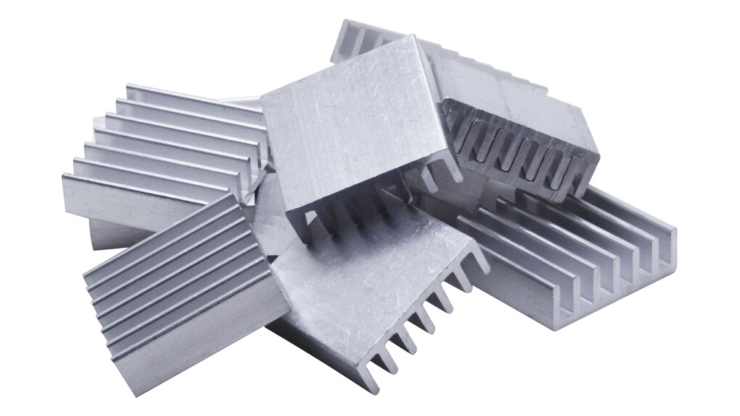
LED heat sink is a heat exchanger that absorbs the heat generated by an LED module and dissipates the thermal energy into the ambient air. The spectral performance, lumen output and lifetime of an LED are closely related to its operating temperature. That’s why the heatsink is one of the most important parts of an LED lighting fixture.
LED heat sinks are manufactured using a variety of metal forming approaches including die cast, forging, extrusion, machining, stamping, stripping, and bonding. The most commonly used methods are casting, cold forging, extrusion and stamping.
Die cast LED heat sinks are made by pressing molten aluminum into a metal mold that is locked by hydraulic pressure. Therefore, heat sinks can be made in many different shapes. Textured surface and rubbed surfaces can be easily made by die cast technique. Castings may have different heat conductor according to the aluminum alloy components. Die casting is the most efficient and cost-effective mass production process for LED heat sinks. For this reason, the heat sink body of many lighting fixtures is produced by casting method.
Metal is compressed in a mold in order to take the shape of the mold is called cold forging technique. This process is made in room temperature. That is why it is called cold forging. Cold forging is very ideal in terms of thermal conductivity, mechanic endurance, surface quality and manufacturing cost. Heat sink manufactured by the cold forging method can provide up to 80 percent better thermal performance than a die cast heat sink.
Extrusion is a production process that the aluminum material shaped by pushing it through a hole. Shaped metal can be cut to the desired length and different heat sinks can be made according to the need. In the aluminum extrusion method, better cooling performance is obtained than casting. Because no internal pores are formed that can affect the thermal conductivity. Extruded heat sinks are used in many architectural lighting applications such as ceiling lights, under-cabinet lighting, step lighting, linear lighting fixtures, and so on.
Stamping is cold shaping process to create metal sheet parts. Metal sheet is cut, pressed, drawn, and bent into various shapes to increase surface area and cooling performance. All these processes are used to produce and place cooling fins. Stamped heat absorbers may have various mounting methods for different components. The biggest advantage of stamped heat sinks is their very low cost due to the ease of production automation.

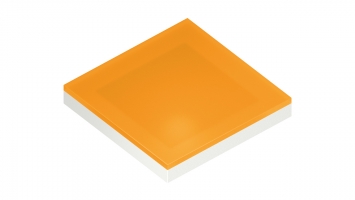
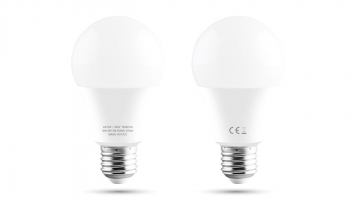


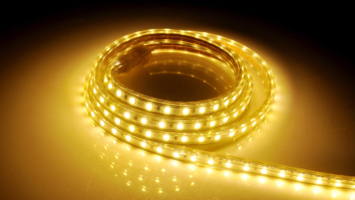
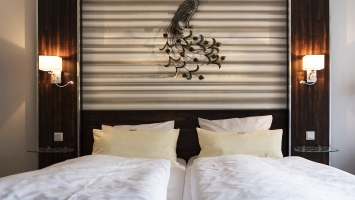
COMMENTS
MAKE A COMMENT